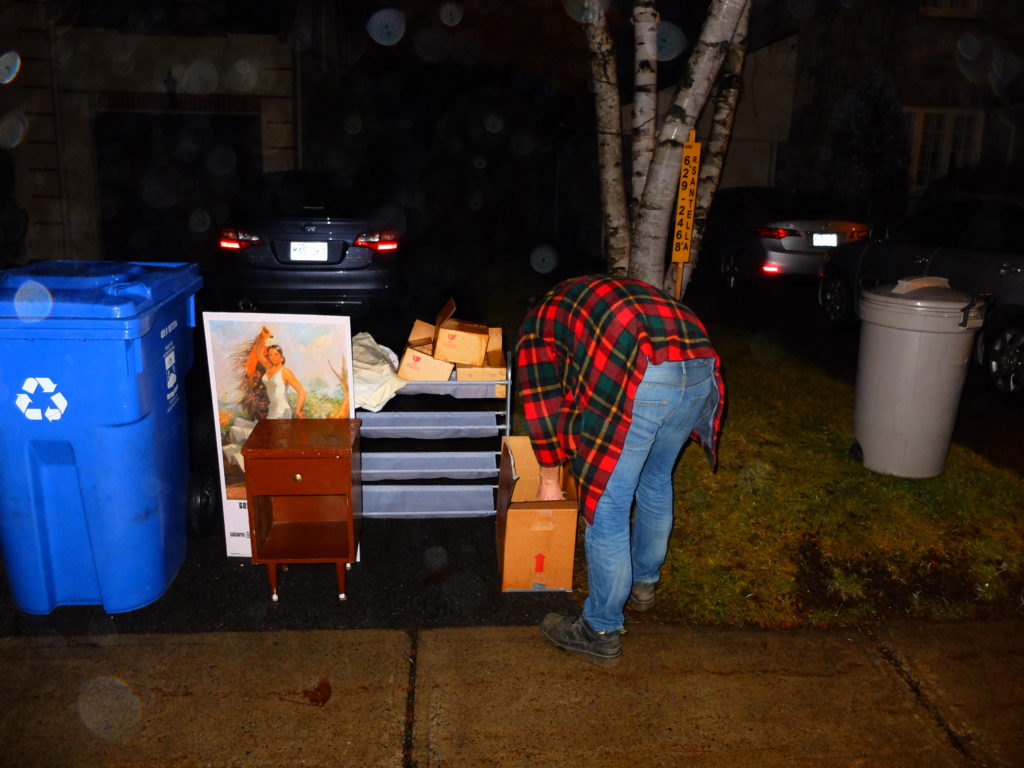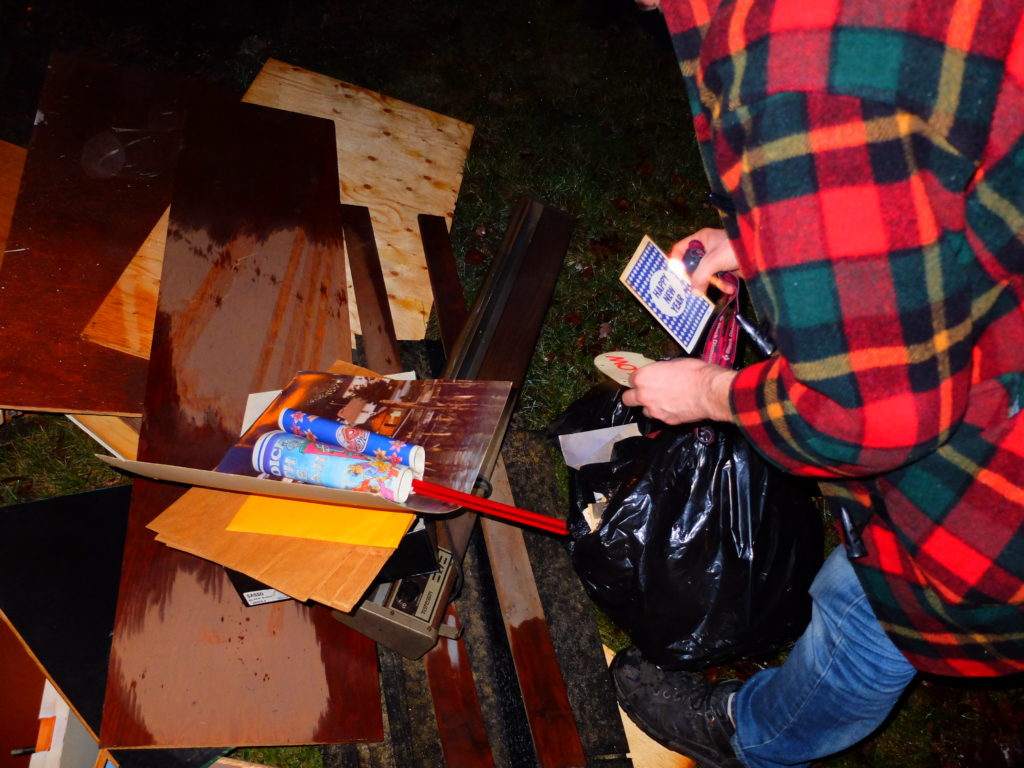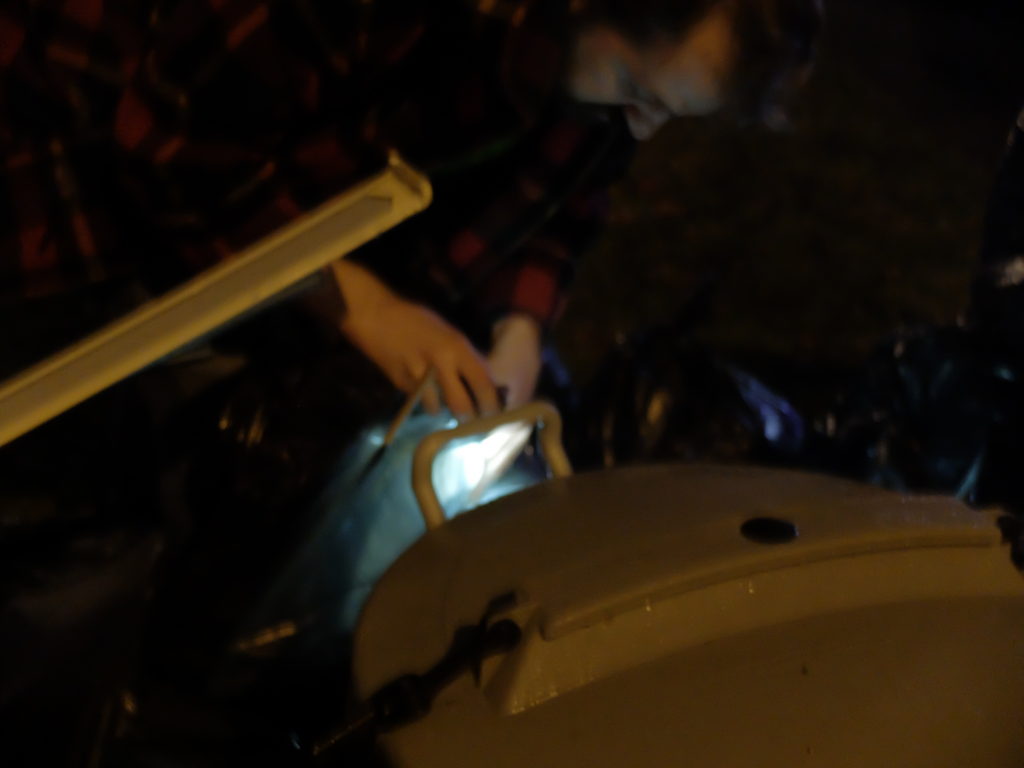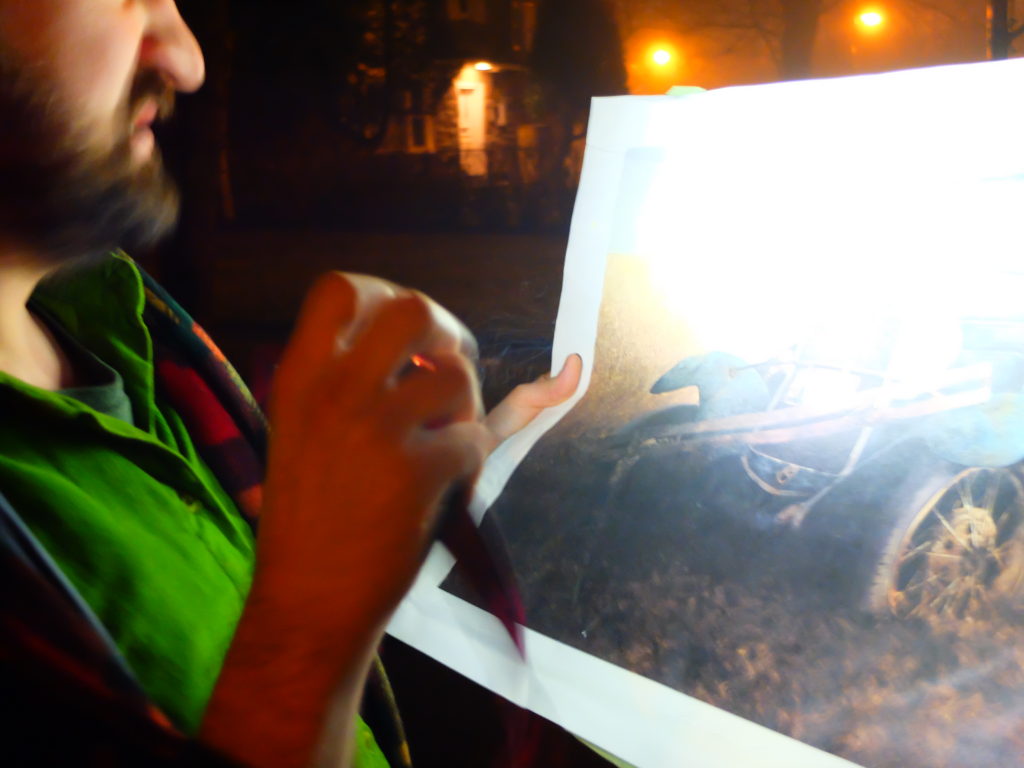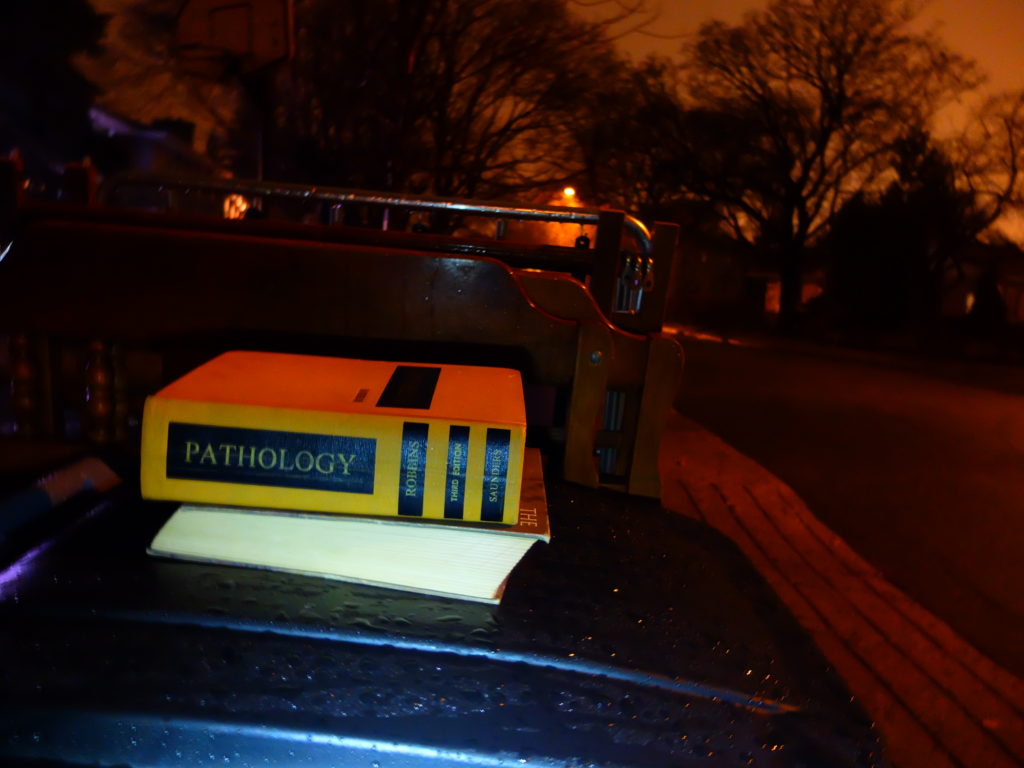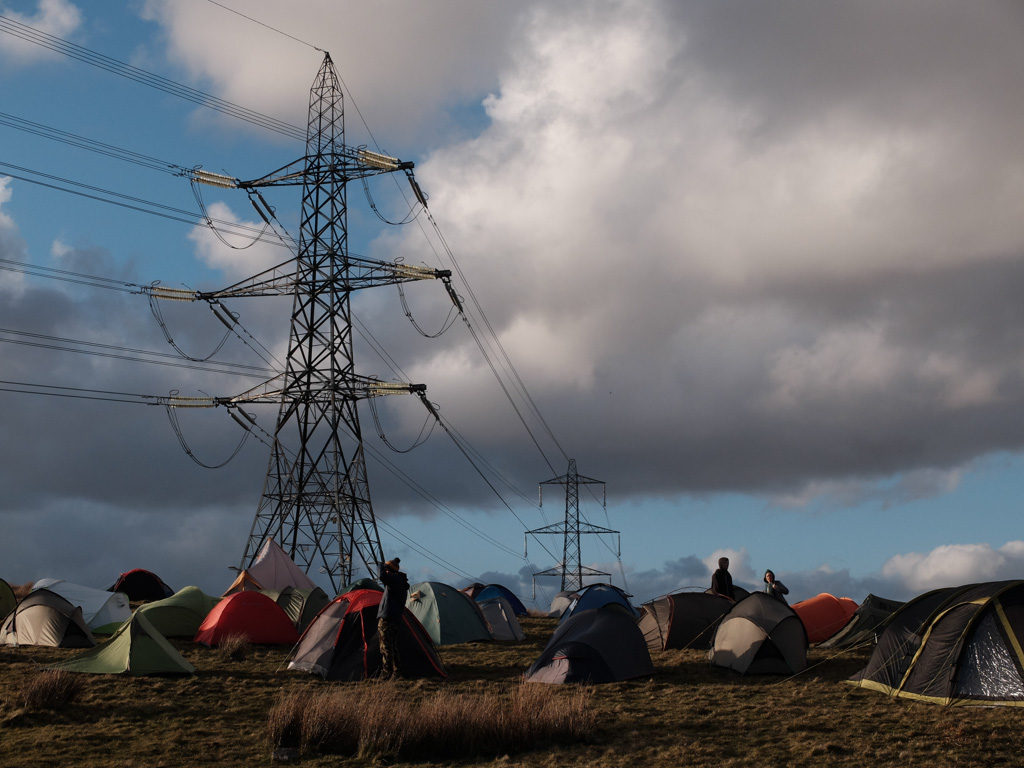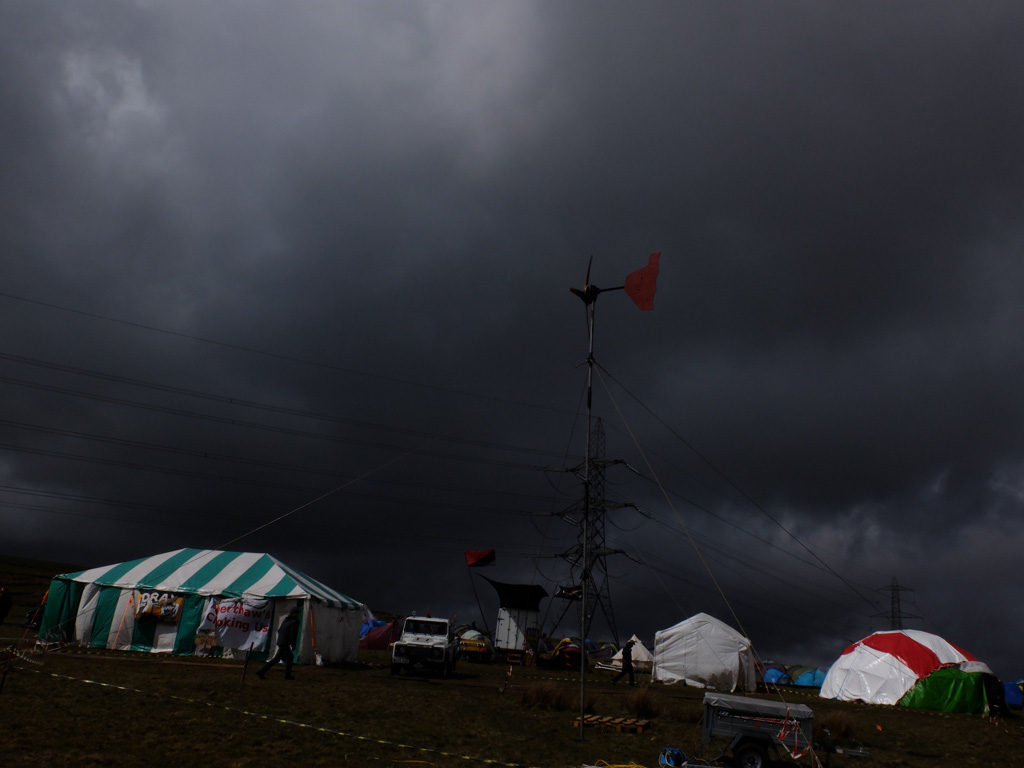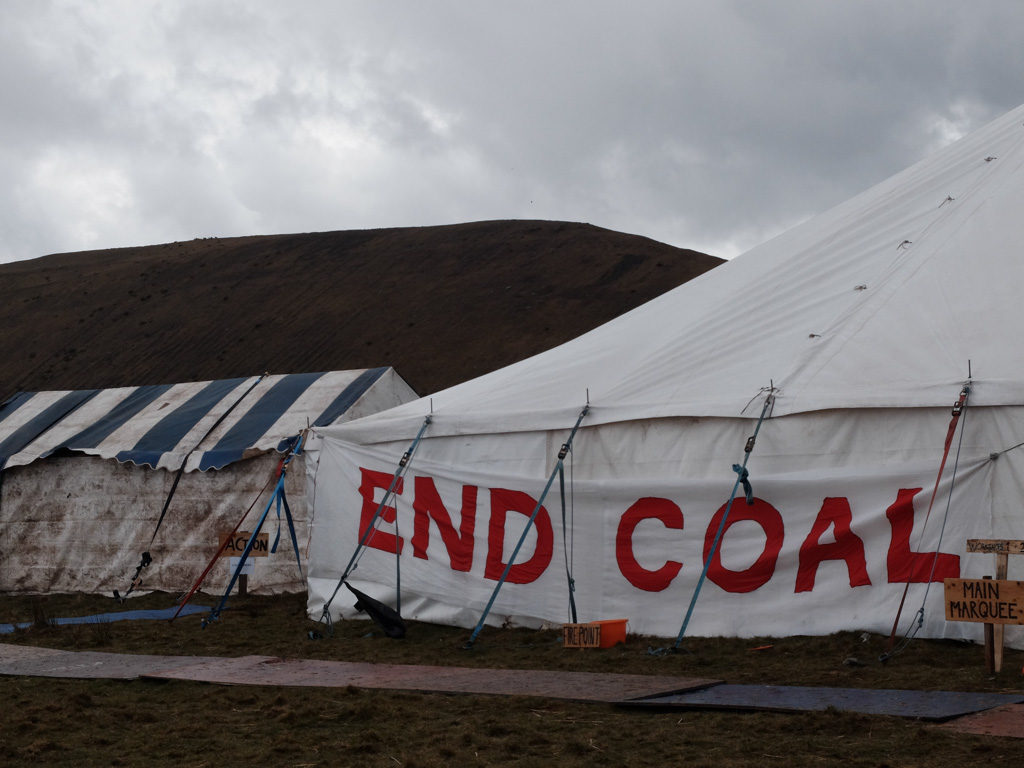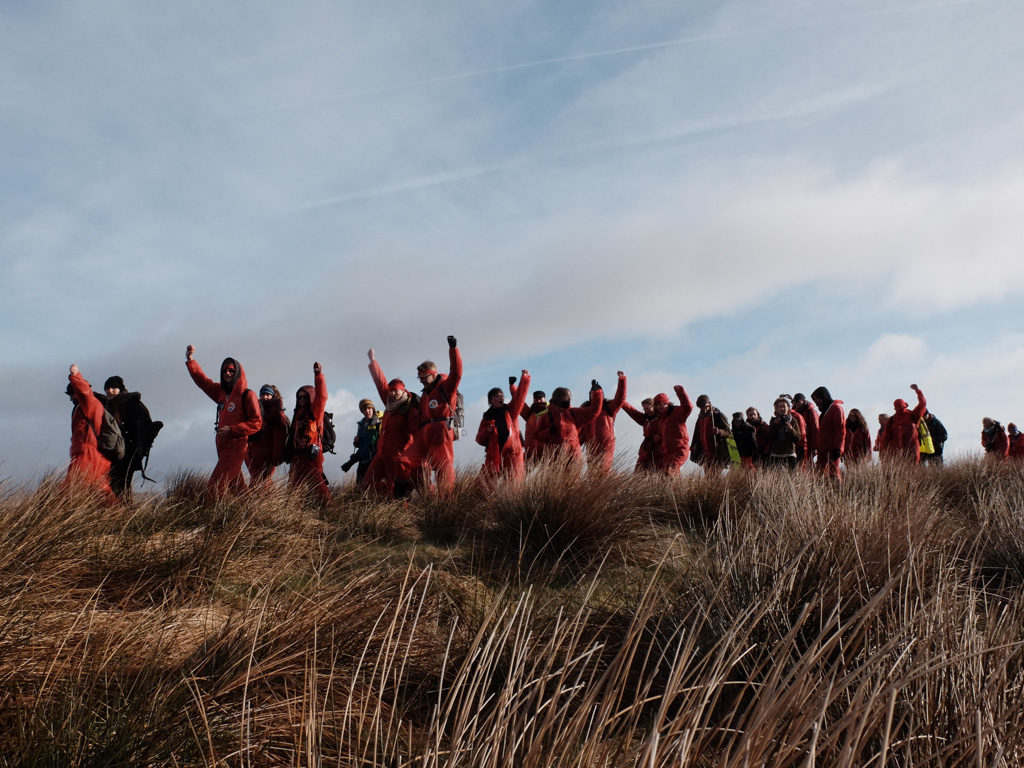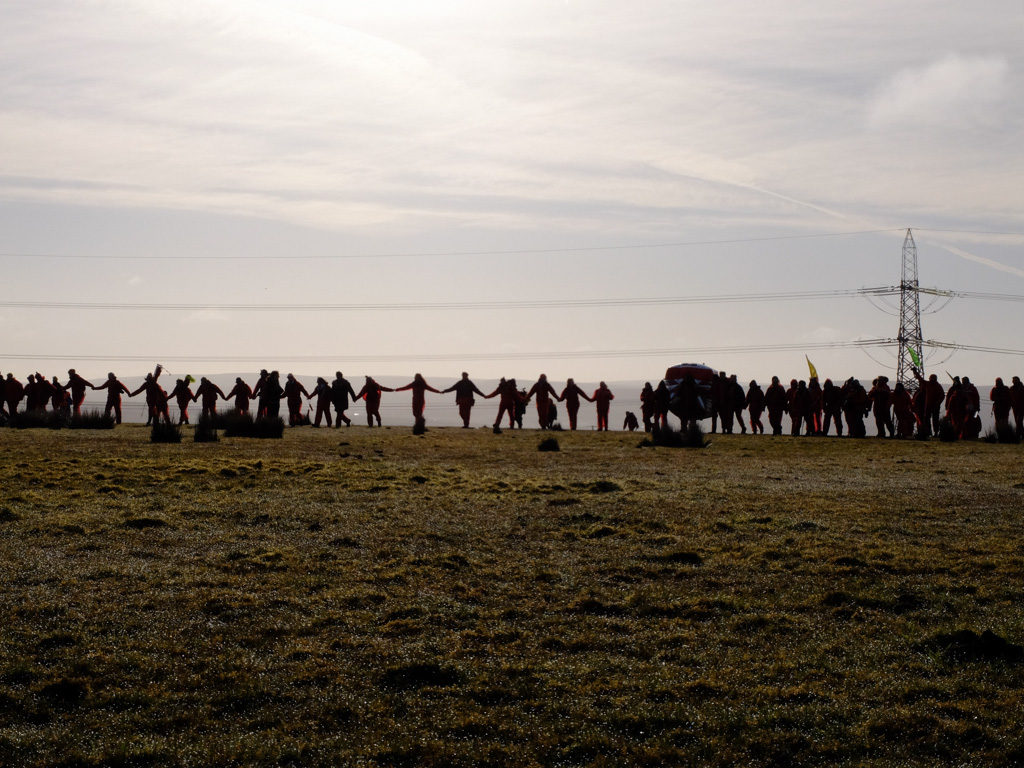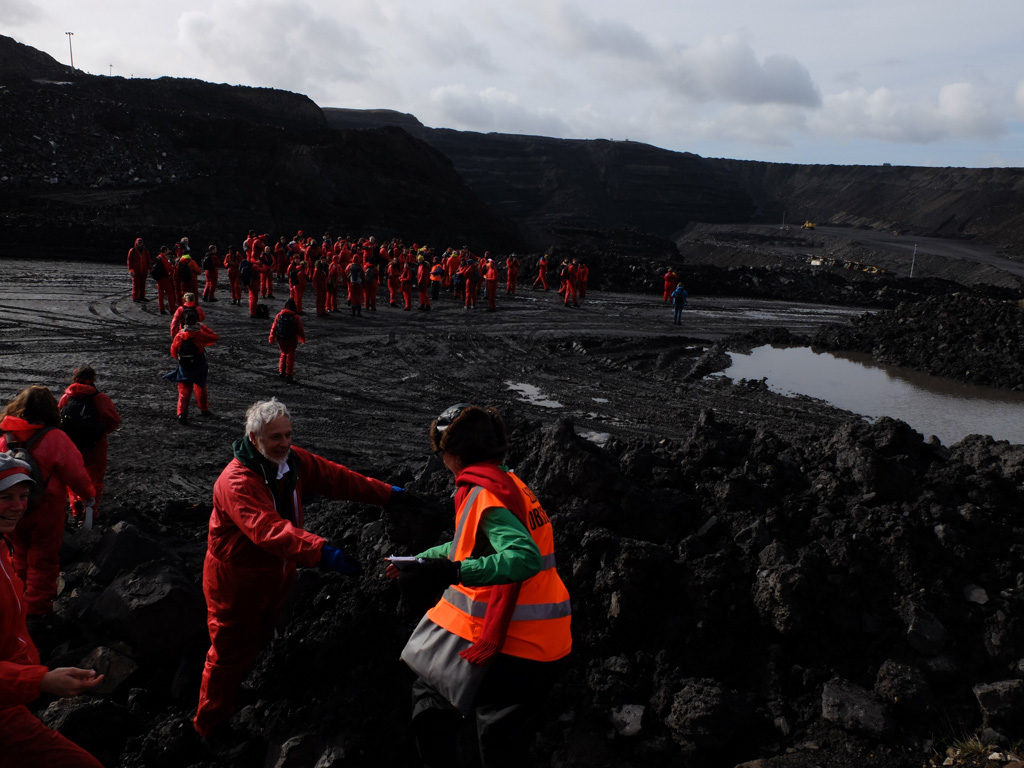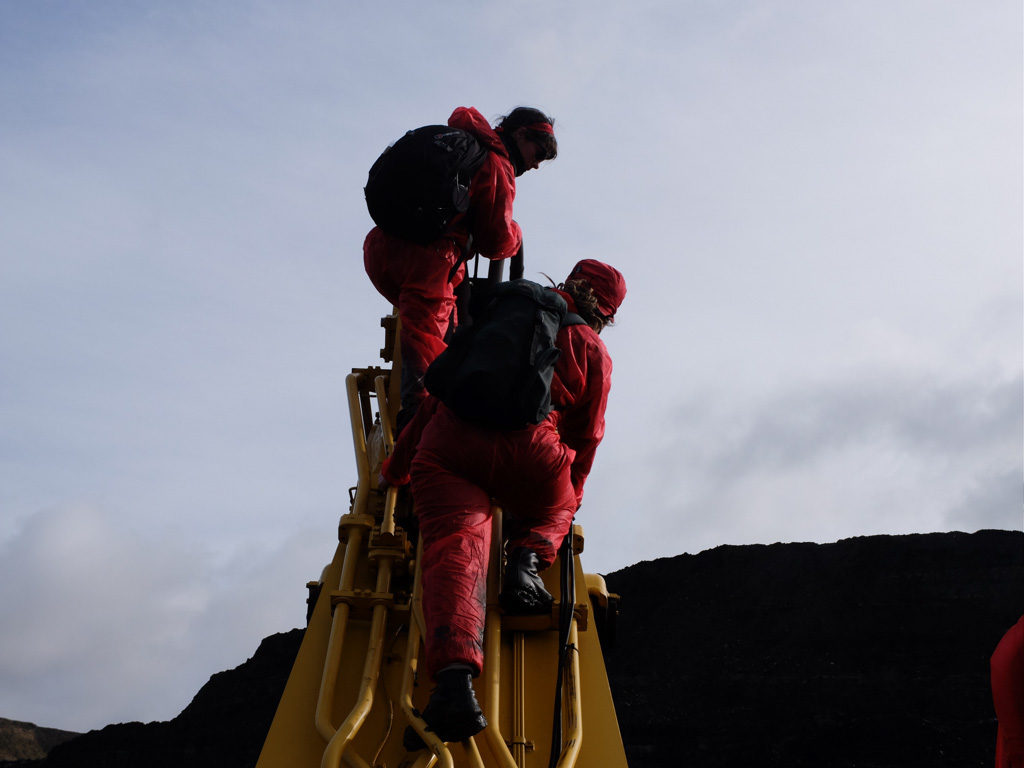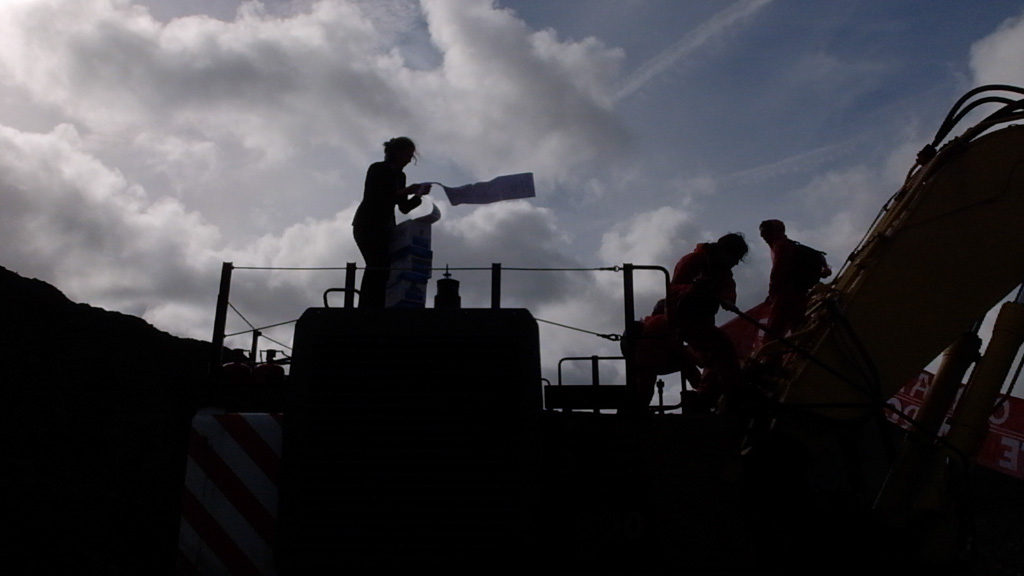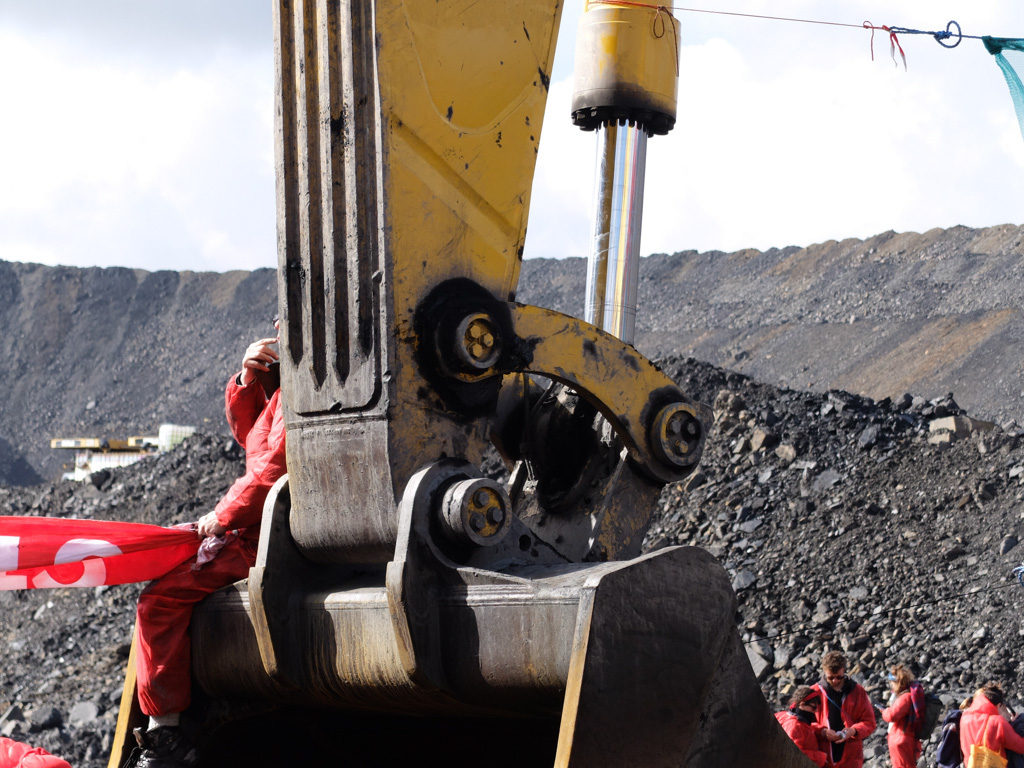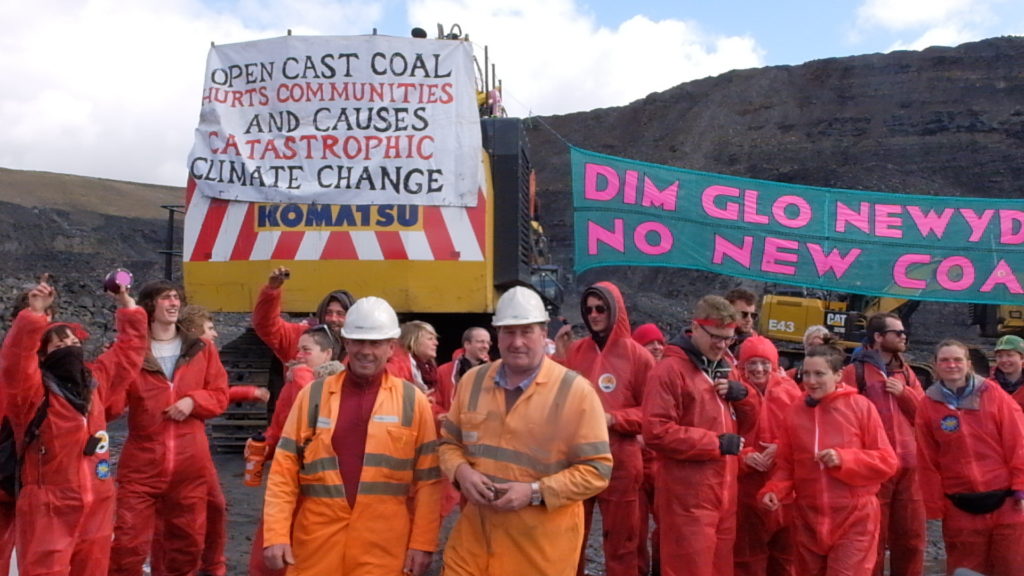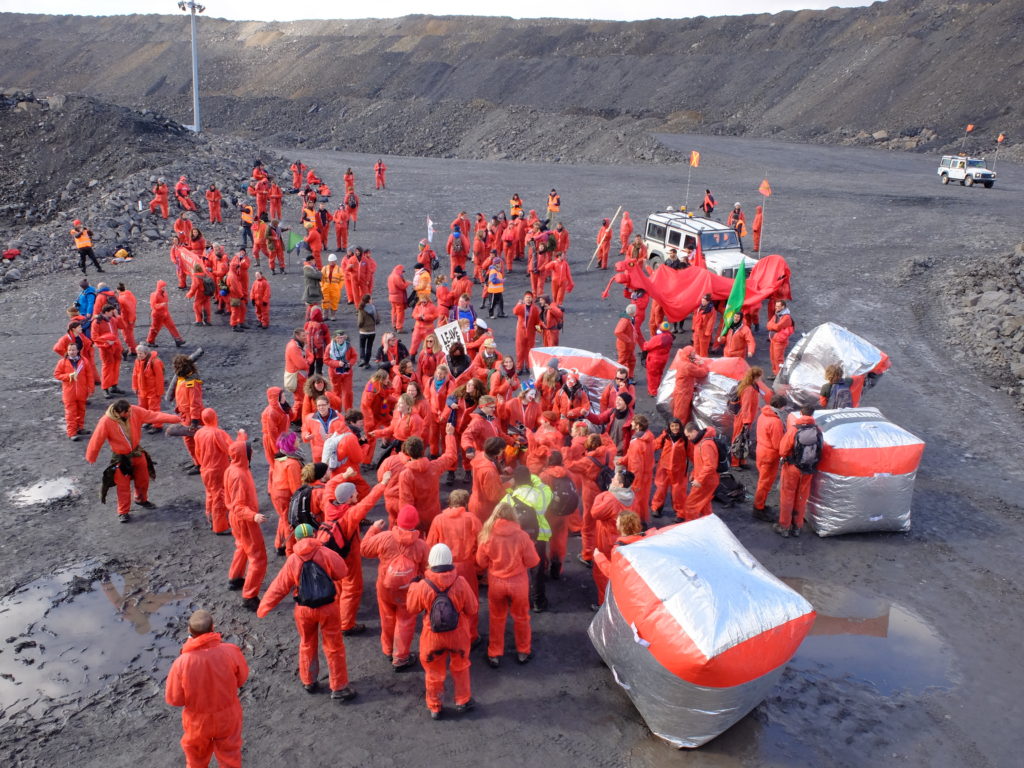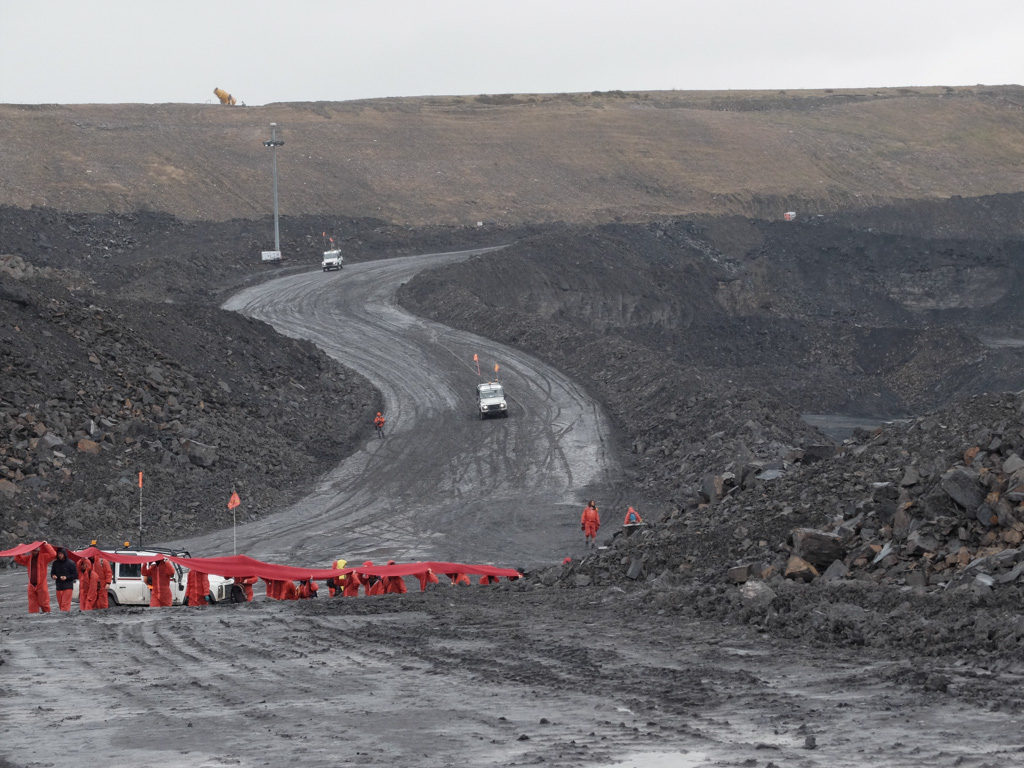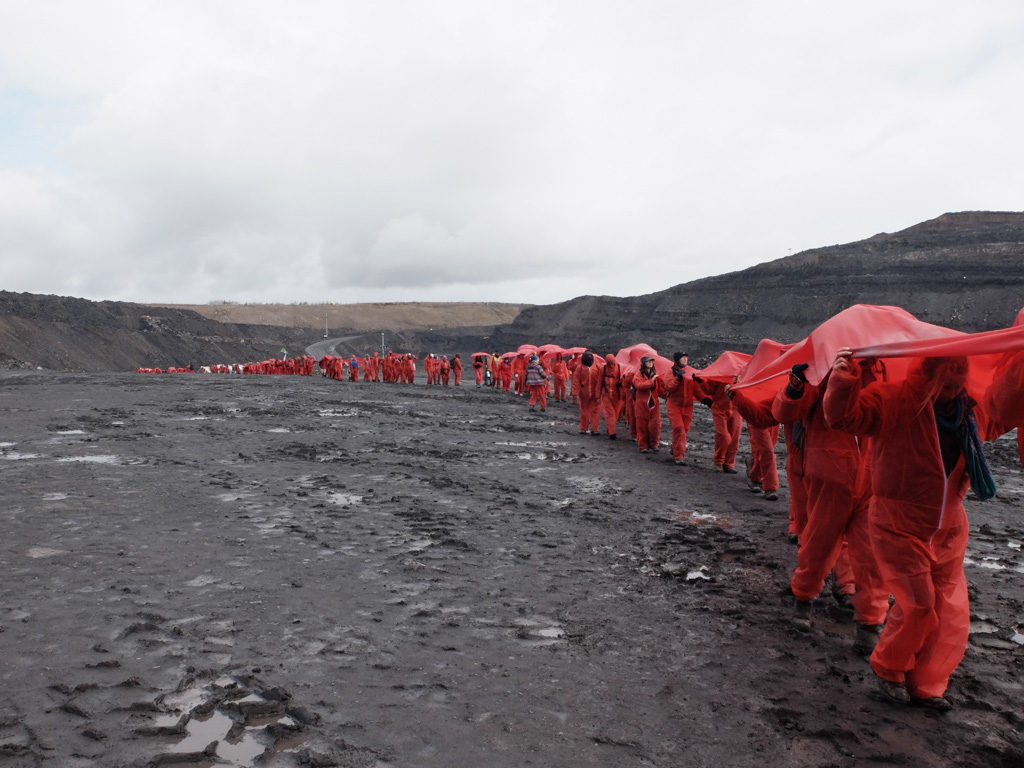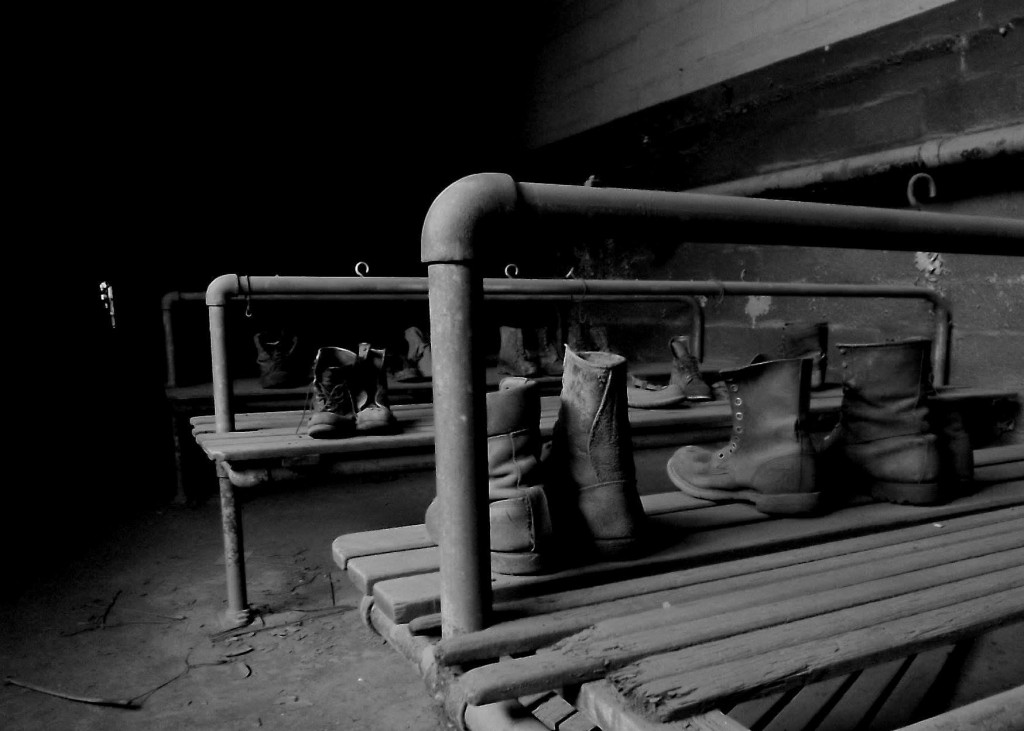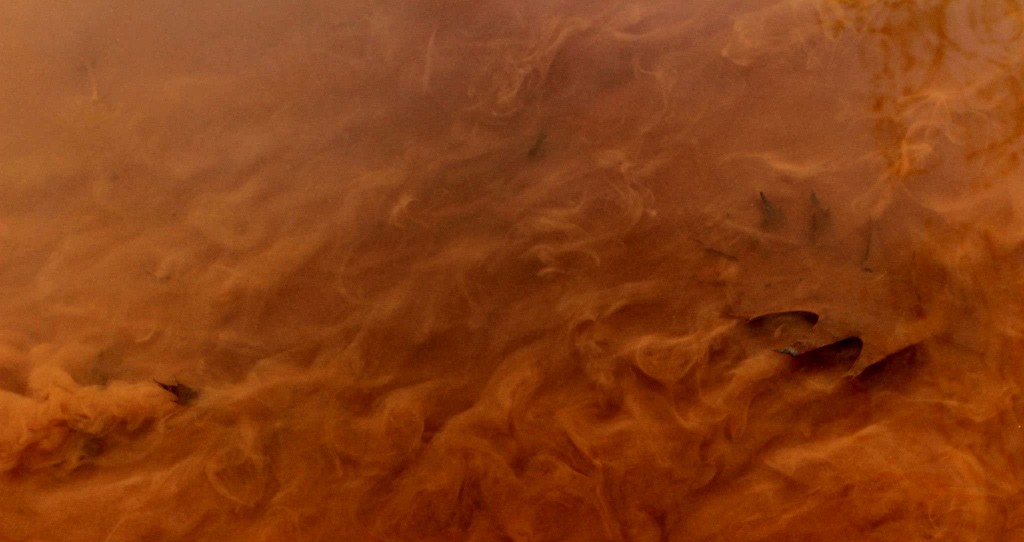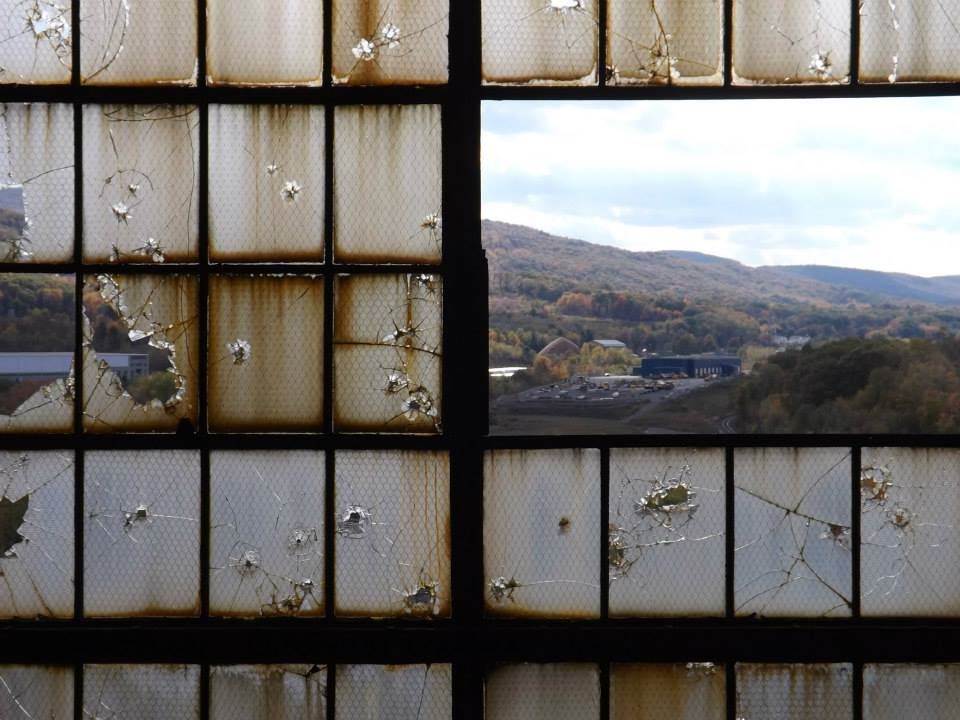
by Dennis Schüpf and Regina Ruete
On the 14th of January 2023, a large-scale demonstration of around 35,000 people proved that the evicted village of Lützerath (Germany) has reignited the climate movement’s determination. Several organizations converged to express their resentment against lignite mining, including climate activist Greta Thunberg. Lignite is the energy source that has the largest climate impact, and the Rhenish lignite mining area is the largest cause of CO2 emissions in Europe. Russia’s war in Ukraine, however, has raised concerns regarding Germany’s energy security, and the country has turned back to coal for the short term.


Lützerath has been swallowed by the coalmine ‘Garzweiler’ owned by the highly contested energy giant RWE. Even though the eviction of the village, which has been occupied by climate activists, proceeded faster and with more violence than expected, the protesters’ willingness to break through police chains to get to what was left of the besieged village was remarkable. In Germany, more than 300 villages have already been dredged for lignite, and Lützerath was one of the last ones.


Before the activists’ eviction, and only after an exhausting judicial fight, the last farmer in ‘Lützi’ finally capitulated, as his former neighbours had: he had agreed on a deal for relocation and compensation with RWE. During the last weeks of his fight in court, climate activists arrived in Lützerath and set up a camp to fight against the farmer’s resettlement. Once he left Lützerath, in January, thousands of people gathered there to defend the village against the destruction caused by lignite mining. The activists came from all over Germany and Europe determined not to give up an inch – this was a fight against fossil fuel companies and weak climate protection.


However, Lützerath was not only a venue for resistance. Over the course of two years, the village became a utopian experiment. Grassroots democratic and self-governing infrastructures were built within the camp. This included a press office, a large kitchen with vegan food, organized donations of materials and supplies, workshops, and much more. Here, the capitalist system was not only criticized in the strongest terms, but a counter-alternative was also embodied by the occupiers.

A hundred years old history of dispossession and relocation
Prior to the climate protest at the gates of Lützerath, clearance and displacement had been taking place for a hundred years in German coal mining areas: A consistent history of making way for the coal excavators that are still digging their way through German landscapes. Over the past century, up to 300 villages have been cleared for coal mining, displacing and resettling over 100,000 people. While most places were abandoned without significant resistance, the new RWE deal, laying out the eviction of Lützerath, has been widely contested by various actors in society.

The infamous agreement between RWE, the federal economics minister, Robert Habeck, and the minister for economy in North-Rhine Westphalia’s state, Mona Neubaur, both from the “Die Grüne” (Green) party, was made in October 2022, against the backdrop of the current energy crisis due to Russia’s war in Ukraine. The deal extended the use of two coal units that were supposed to shut down by the end of 2022 for 15 more months, and at the same time opted for a faster coal exit. Thus, lignite-fired power generation in the Rhenish mining area must nominally end in 2030 instead of 2038 – although it remains unclear whether emissions will be saved in this scenario, since now it is legally possible to emit more in less time.


However, uncertainty remained as to whether the coal in Lützerath’s ground is actually needed. It also remains unclear whether emissions can actually be cut on the basis of the deal since it is now legally possible to emit more in less time. Despite social pressure, the government has made no efforts to reevaluate the situation. At its core, the deal lacks clarity regarding the actual energy security threat to Germany, but also it remains questionable whether RWE’s early coal phase out will actually cut emissions. A study reveals that coal will no longer be profitable after 2030 due to higher prices and taxation on GHG. Besides, as early as April 2022, the German Institute for Economic Research (DIW) stated that the excavation of further villages due to underlying lignite reserves won’t be necessary to satisfy the demand for electricity.
One way or another, the site of Lützerath legally belongs to Germany’s energy giant RWE, which sued its way to the last instance to earn the right to clear the site. Following this line of argumentation, German politicians frequently referred to the fact that the government must adhere to its principles, namely the rule of law.

Coalition building: Diverse actors with a common goal
Claims raised by the opposite side, however, eagerly point towards Germany’s obligation to commit to the 1.5°C goal that has been agreed upon in Paris. Here, it is argued that burning the 280 million tons of coal that lay beneath Lützerath would evidently lead to missing this target. In Germany, the climate advocacy group Fridays for Future (as well as larger organizations such as Greenpeace) have centered greenhouse gas emissions in their political discourse. This discourse centering around the political failure to reduce emissions, however, was not the only motivation behind the emergence of resistance. Interestingly, in the case of Lützerath, many diverging perspectives came to the surface with different motivations, sometimes revealing uncomfortable differences.

While the struggle of local residents, such as farmers, is closely linked to their relocation away from their beloved place of origin, the majority of protesters relate to the mentioned obligation of committing to climate goals. On the one hand, local resistance has been carried out by movements such as “Alle Dörfer bleiben!” (ADB, “All villages remain!”) with the objective to save all villages threatened by coal mines in Germany. On the other hand, Greenpeace and Fridays for Future joined forces for a nation-wide mobilization on climate protection grounds. As for the last farmer standing, greenhouse gas emissions surely were not the catalyst for his rebellion against the eviction, but rather his ancestral family farm.

Further, the “Kirche(n) im Dorf lassen!” (“Keep the churches in the village!”) initiative’s declared goal has been the fight for the protection of the churches. Arguing for the preservation of God’s creation, the Christian organization takes part in the climate justice movement taking a stand against the destruction through coal mining that causes global catastrophic events. Special religious services were even held outdoors in front of the opencast mine of the Tagebau Garzweiler.
Despite their differences, local residents and climate activists coming from these diverse civil society organizations discovered common ground in resistance with a common goal: Lützerath has to remain. In order to streamline their action and mobilize resources, favorable discourses were fostered and coalitions needed to be built to ultimately create a momentum for social change. While ADB, consisting of citizens, villagers and climate activists, functioned as a mediator between different organizations, the MAWA (“Mahnwache Lützerath”) offered support by engaging in legal issues.
In a way, the social movements around Lützerath demonstrated how to bridge gaps between climate activists and local residents as well as communities in a collective resistance against the capitalist destruction of the village and surrounding areas. Bundling this collective action also contributed to the momentum on January 14th, when nearly 35 000 protesters joined the massive mobilization.


Beyond Lützerath: a Latin American perspective
“Energiewende” (“energy transition” in German) is Germany’s long term energy and climate strategy to shift from fossil and nuclear energy to renewables. By 2030 the country should reduce 65% of its CO2 emissions compared to 1990 levels and, by 2045, it is expected to become carbon neutral. However, the benefits of the energy transition are not only measured in CO2 reductions and climate protection. At the same time, the government seeks to minimize its dependence on energy imports and positions the country as a world leader in new, innovative and “environmentally friendly” technologies. Within the adopted and announced measures, wind and solar power, as well as hydrogen, are included as key issues to achieve these goals. Ironically, RWE plays an important role in this transition. In partnership with Shell, BASF, OGE and other companies, RWE takes part in more than 30 hydrogen projects.
Energy transition means much more than the production of clean energy. It includes subsidiary technologies such as the new infrastructures needed for the distribution of energy, batteries for its storage, and digital technologies. Germany plans to have 15 million electric vehicles in 2030. As a consequence, the demand for critical raw materials will increase, among which lithium, which is crucial for batteries. Recently, Germany’s chancellor visited Argentina, Chile and Brazil, with climate change and the energy transition among its top priorities. Lithium is truly needed to reduce emissions, but on the way to decarbonization, several controversies have arisen around new extractivisms that are being promoted in the name of climate protection. A study by the European Commission calculates that lithium demand will increase by more than 30% each year this decade, while 68% of the global lithium reserves can be found on high Andean salt plains. These are wetlands that can be found in Argentina, Bolivia and Chile. In line with a long colonial history, extractivism in Latin America has always meant displacement of local people and destruction of landscapes.


When asked about these issues, the German foreign office replies that no mining (or any other project related to the production of clean energy) should be done without social and environmental justice, and that due diligence will guarantee this. Officially, critical raw material mining is not promoted without the necessary procedures to guarantee people’s rights and protection of the ecosystems that can be affected by the activity. Then, the remaining question is whether these procedures are really enough to prevent new displacements, dispossessions and destructions in the region. The problem is not easy to solve because, for example, Argentina is currently undergoing a socioeconomic crisis and is eagerly looking to position itself on the world map as a strategic lithium provider. Unfortunately, this urgency often threatens the time that is needed to guarantee the free and informed consent of indigenous and local peoples, or to take the necessary measures required to protect Andean wetlands and other crucial ecosystems.

Although the German energy transition policy aims to reduce greenhouse gas emissions that cause environmental and social disasters in other parts of the world, it also generates new risks and geographical displacement of the problems – generally to countries in the Global South. If we link the Lützerath case with the energy transition proposed by Germany, we can see how, in the current global climate scenario, one extractivism is replaced by another. Mining that is prevented in this country for the elimination of coal as an energy source will be replaced by mining in other regions to achieve the infrastructural needs of its energy transition. These new global connections (atmospheric, commercial, political, etc.) that climate change is creating need renewed democratic debates that include all the risks posed by the alternatives in decolonial terms. This means asking hard questions to understand how strategies planned in Europe might affect people and ecosystems in other parts of the world.

Dennis Schüpf is a freelance documentary photographer and PhD candidate at IDOS (German Institute of Development & Sustainability), doing research on environmental justice issues and climate change adaptation. In his photographic work he is concerned with the attempt to visualize socio-natures, revealing power relations that form contested landscapes of environmental conflict. He has a master’s degree in International Development Studies and a strong interest in combining visual storytelling with environmental research.
Regina Ruete works on participatory processes related to environmental conflicts in Argentina. She planned and executed many relocation processes there. Currently, she is a guest researcher at IDOS (German Institute of Development & Sustainability) researching adaptation of river basins to climate change, as an Alexander von Humboldt fellow.





















































